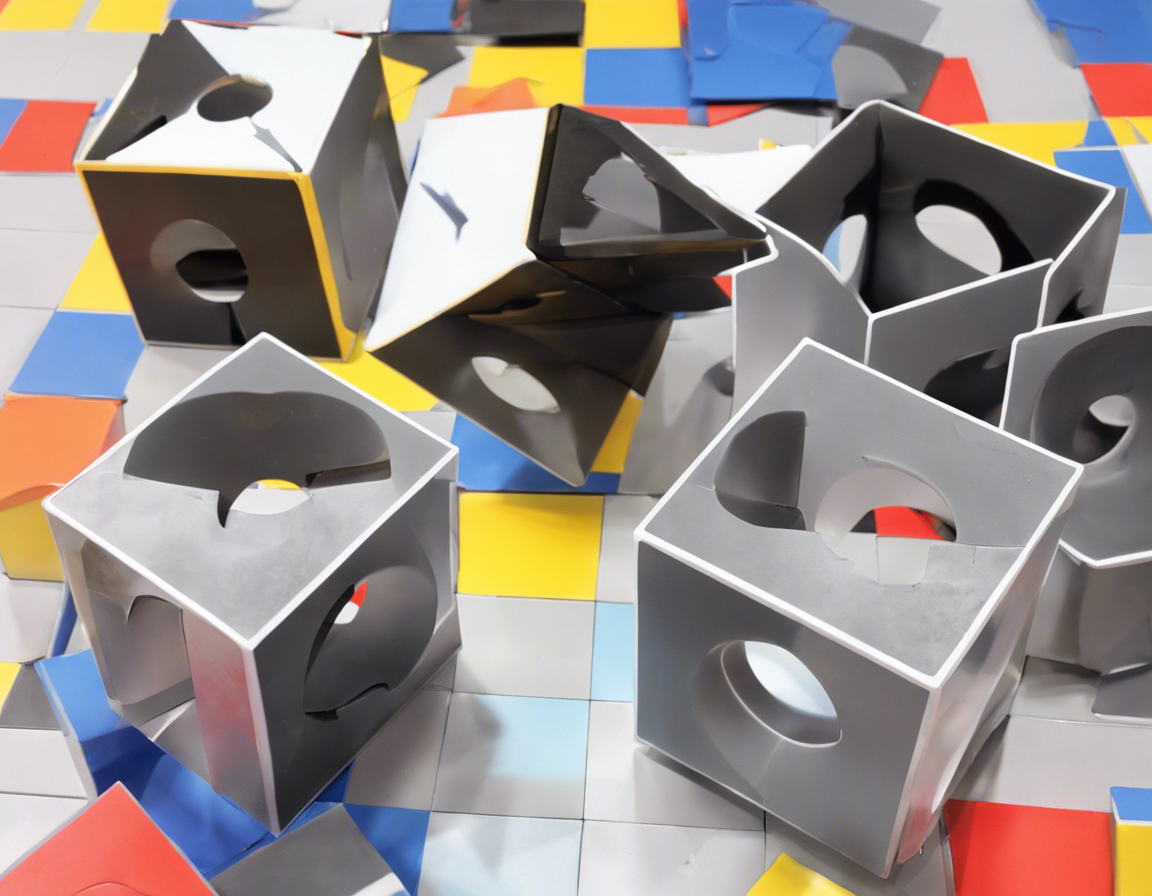Are you struggling to determine the volume of a cube for a math assignment or a DIY project? Understanding how to calculate the volume of a cube is fu
Are you struggling to determine the volume of a cube for a math assignment or a DIY project? Understanding how to calculate the volume of a cube is fundamental in various fields, including mathematics, engineering, architecture, and more. In this comprehensive guide, we will break down the step-by-step process of finding the volume of a cube. We’ll also explore real-world applications of this concept to give you a clearer understanding of its significance. Let’s dive in!
What is a Cube?
Before we delve into calculating its volume, let’s ensure we have a solid grasp of what a cube is. A cube is a three-dimensional shape that has six equal square faces. Each angle within a cube measures 90 degrees, making it a type of regular hexahedron.
Understanding Volume
Volume is the amount of space occupied by an object in three-dimensional space. In simpler terms, it is the total capacity of an object. When we calculate the volume of a cube, we are essentially figuring out how much space is enclosed within its boundaries.
The Volume Formula for a Cube
To find the volume of a cube, you can use the following formula:
Volume = side x side x side or V = s³
Where:
– V represents the volume of the cube,
– s is the length of one side of the cube.
Step-by-Step Guide to Calculating Cube Volume
Now, let’s walk through the process of calculating the volume of a cube:
Step 1: Measure the Side Length
Begin by measuring the length of one side of the cube. Make sure to use the same unit of measurement for all dimensions to maintain consistency.
Step 2: Apply the Formula
Once you have the side length (s), plug this value into the formula V = s³.
Step 3: Perform the Calculation
Cube the side length to calculate the volume. For instance, if the side length is 5 units, the calculation would be:
V = 5³ = 5 x 5 x 5 = 125 cubic units.
Real-World Applications
Understanding how to calculate the volume of a cube has practical applications beyond the classroom. Here are a few examples:
- Packing Boxes: Shipping and logistics companies use cube volume calculations to optimize storage space and transport efficiency.
- Architectural Design: Architects rely on volume calculations to determine the space within a building and plan interior layouts effectively.
- Manufacturing: Engineers utilize cube volume calculations in designing components, containers, and machinery.
Frequently Asked Questions (FAQs)
1. Can I use different units to measure the side of the cube and calculate the volume?
It is crucial to use the same units for all measurements to ensure accuracy in volume calculation.
2. How is the volume of a cube different from its surface area?
The volume represents the space enclosed within the cube, while the surface area measures the total area of the cube’s six faces.
3. What if I have the diagonal length of the cube instead of the side length?
If you have the diagonal length, you can calculate the side length using the formula: side length = √3 x diagonal length. Then proceed with finding the volume using the standard formula.
4. Can cubes have decimals or fractions as side lengths?
Yes, cubes can have side lengths in decimal or fractional forms. Simply plug in the given value into the volume formula for accurate results.
5. How does the volume of a cube compare to other geometric shapes?
The volume of a cube is calculated differently from shapes like cylinders, pyramids, or spheres. Each shape has its unique formula for volume calculation.
6. Why is calculating volume important in everyday life?
Understanding volume is crucial for tasks like recipe measurements in cooking, determining fuel tank capacity in vehicles, and estimating container sizes for storage.
7. Can a cube have different dimensions for each side?
No, by definition, a cube has all sides of equal length. If the sides have different lengths, it would be considered a rectangular prism rather than a cube.
8. How does knowing the volume of a cube help in construction projects?
Construction professionals use volume calculations to estimate the needed materials like concrete, gravel, or wood for a project, ensuring accurate budgeting and resource allocation.
9. Is the volume of a cube the same as its capacity?
Yes, in practical terms, the volume of a cube is equivalent to its capacity, representing how much space it can hold.
10. Can I use the cube volume formula for other three-dimensional shapes?
The cube volume formula is specific to cubes. Other shapes like spheres, cylinders, and cones have their respective formulas for volume calculation.
By mastering the art of calculating the volume of a cube, you gain valuable insight into spatial concepts and practical applications that transcend academic boundaries. Whether you’re solving math problems, designing structures, or organizing storage spaces, the ability to determine cube volume is a valuable skill that enhances your analytical capabilities.


COMMENTS